Yoga is an increasingly popular form of exercise and self-care across the world, with more and more people realising its incredible benefits to the body and the mind.
However, yoga can be daunting for a beginner - with so many different ways of learning and teaching and different styles out there, it is hard to know which is right for you.
Hatha yoga is the most commonly practised form in the Western world, and it is not hard to see why. Hatha is a general term that covers all different kinds of yoga postures, meaning it can be adapted and performed by many people.
If you are interested in learning more about Hatha yoga and what it can do for you, then keep reading!

The yoga mat pictured above is available here.
What is Hatha yoga?
Hatha yoga encompasses many forms of yoga, as it refers to all physical yoga, whether this is Vinyasa yoga or Bikram. For a yoga style to be known as Hatha, it must involve yoga postures and breath-work.
The word "Hatha" translates to "forceful" or "willful" in English, which is not meant to be interpreted in an aggressive sense, but in the sense that it is rooted in being active and dynamic.
Because Hatha is used so broadly and has become something of an umbrella term, there is no particular sequence or set of poses that have to be practised. This makes Hatha yoga suitable for people of all experience levels, even beginners.

The history of Hatha yoga
Hatha, as with many other yoga styles, has evolved a lot since its creation.
We first see mentions of Hatha in the 13th century in Sanskrit and Buddhist texts. Even before this, we know that yoga resembling Hatha practices was being performed, but it had not yet been defined or outlined.
Since the very beginning, the purpose of Hatha was to purify the body, balance one's physical and mental energies, and prepare the body for deeper meditation by connecting it with pure consciousness. As with all yoga, the goal is to focus on positive energies and bring alignment to the physical form and the mind.

The yoga mat in the photo above is available here.
How to start Hatha yoga
It could not be easier to start Hatha yoga.
There are no physical requirements needed for yoga classes, and people of all abilities are able to join in. That means that you don’t have to be a certain age, to be fit, sporty or especially flexible to join a Hatha class.
There is various yoga equipment out there, which we've given you the rundown on here, but the most important thing to bring to a class is a willingness to open yourself up to what yoga can do for you.
Buying your very own yoga mat is necessary especially if you are doing yoga at home or if you’re starting your yoga journey, as having a good mat can really make or break your practice and help you evolve as a Yogi. We’ve made a useful guide on starting yoga from home you can read here. We also have some tips lined up of how to choose your yoga mat we recommend you keep handy for when the time comes to get a new mat.
If you’ve never done yoga before, the very first class will likely give you a lot of new information – the important thing is to continue practising and, after a while, Hatha will likely become one of your favourite ways to relax and to practise self-care.
All you need is a positive mindset, a good-quality yoga mat, and a thirst to learn! There are many different classes that teach varying types of Hatha, from Vinyasa yoga to power yoga classes.

The benefits of Hatha yoga
The benefits of Hatha yoga are virtually endless: practice can help you to relieve stress, become more mindful, have a positive impact on your mental health, your physical health, and help you become stronger, more flexible and in tune with your body and mind.

Improved mental health
One of the main benefits of Hatha practice is that it can massively improve your mental wellness and provide you with clarity and peace of mind.
Hatha practices release endorphins throughout the body, which are essential to stress relief and even pain reduction. In turn, this can boost your mood and leave you feeling happier.
Hatha can also minimise the symptoms of conditions like anxiety or depression by promoting mindfulness and introducing regular exercise and meditative practice into your routine.

Increased energy levels
One of the main purposes of Hatha is to maintain energy flow through the body, so of course, a key benefit is that you will feel renewed energy, and from this healthier both physically and mentally.
Reports have shown that regular yoga practice can make the world of difference when it comes to energy because you are taught where to channel your energy and what to focus your efforts on.

Strength and cardio
If you are looking for a way to build fitness without having to go to the gym 4 times a week, then Hatha is the perfect alternative.
Many forms of yoga are not only relaxing and meditative but will get your heart rate going and can be used as a full-body workout! Yoga improves circulation and cardiovascular health, and over time will increase your endurance.
With regular practice, you can reap many health benefits such as increased muscle tone and strength and improved core strength, which is fundamental to a good posture as well as a healthy body and mind.

What to expect from a Hatha yoga class
Breathing exercises
The majority of Hatha yoga classes will begin with time dedicated to the breath. This means practising various breathing exercises, as well as moving through different yoga postures and forms whilst remaining focused on breath control.

Yoga poses
Next, your yoga instructor will guide you through poses to improve your strength, balance, and flexibility.
In a Hatha class, there are many different types of poses, from some technically advanced moves to others that are more suitable for beginners.
One of the best things about the yoga world is that any type of pose can be changed to suit your abilities. If during a class, you are struggling, your instructor can show you a modified version of a move that works for your body. If you'd like to learn more about the most common yoga poses, check out our guide here.
This is why many people working with an injury or a disability still attend yoga classes – because yoga is a form of exercise for every body.

Meditation
Most yoga classes end with the students practising meditation for a brief period.
Typically this will involve lying on your back in a pose called Savasana (also known as ‘corpse pose’) and reflecting on the practice, on what you’ve learnt and how your body feels. At other times, your instructor may guide you through a meditation with the aid of music or a singing bowl. If any of this sounds strange to you, there’s no need to worry – the meditation practice is guided by the teacher and all you have to do is try it out with an open mind.



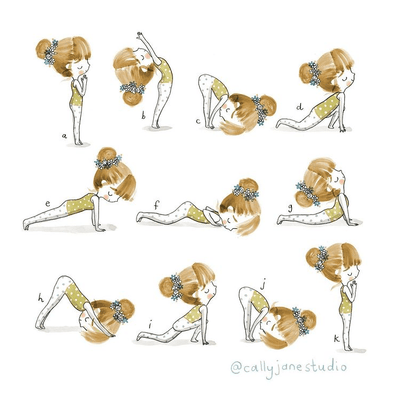

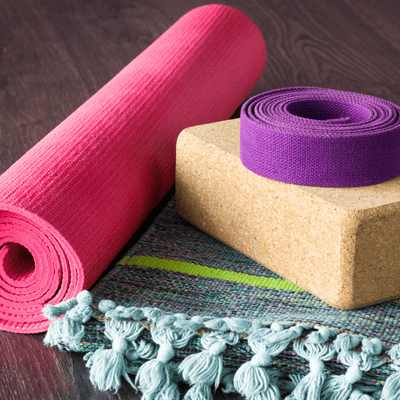
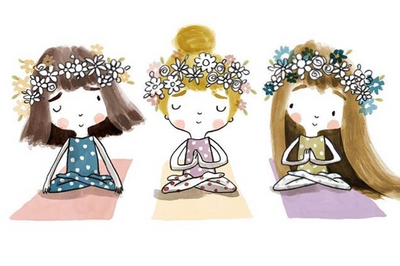
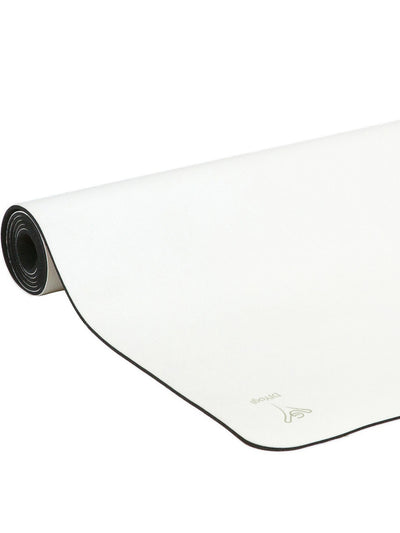
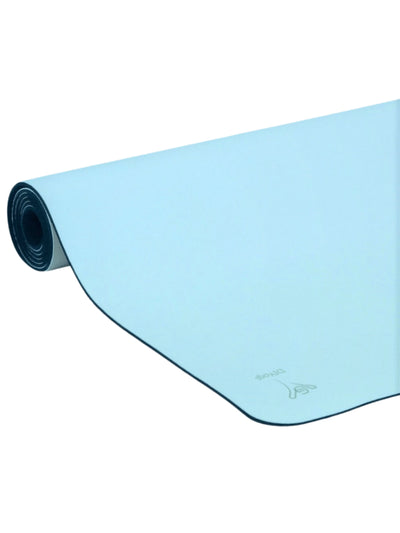
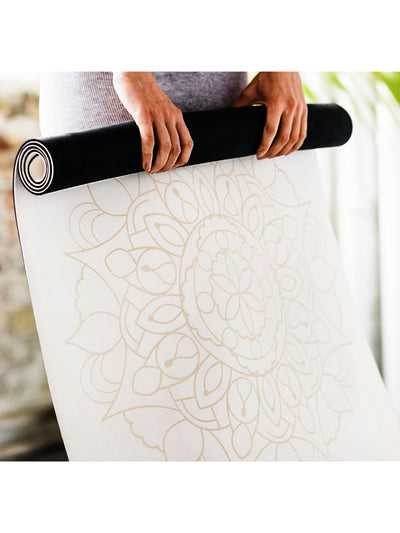
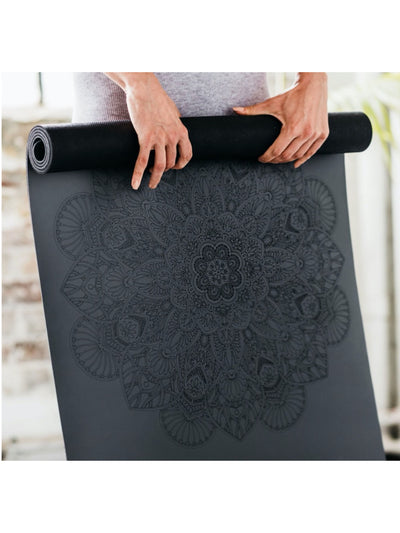
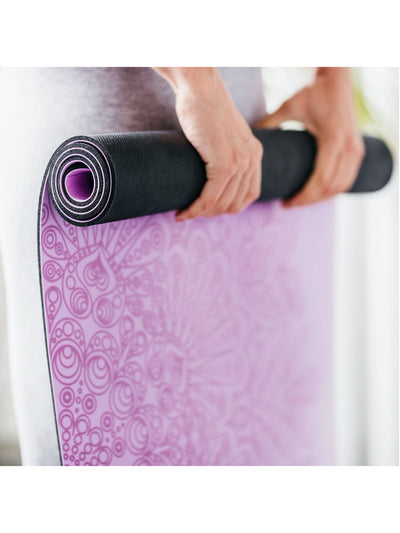
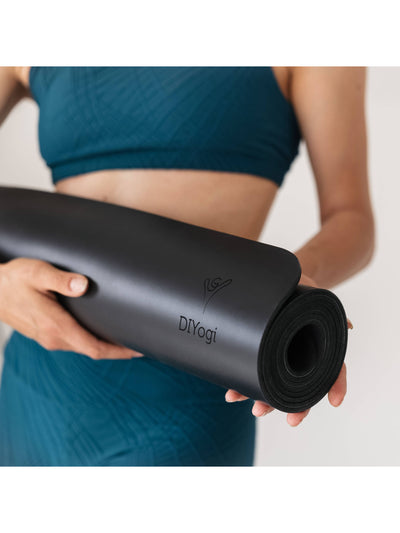
Leave a comment